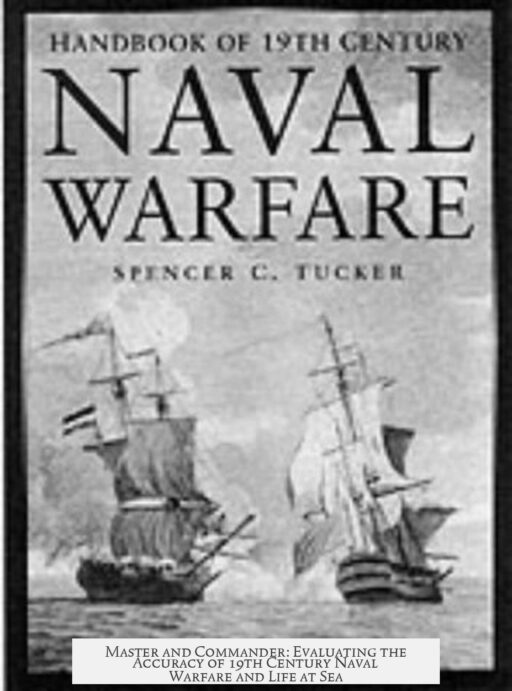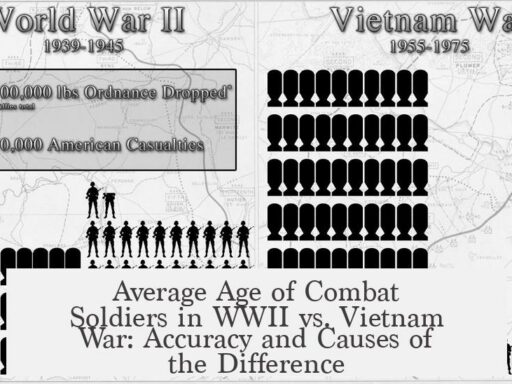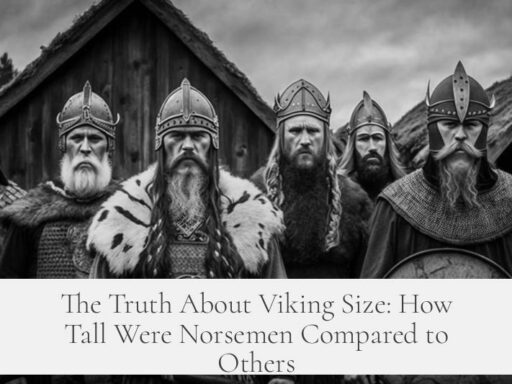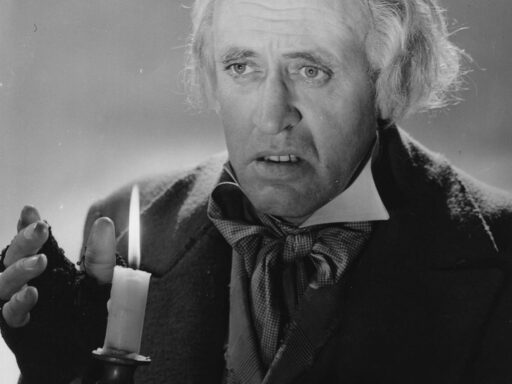Master and Commander offers a highly accurate portrayal of 19th century naval warfare and life at sea, especially reflecting British naval practices during the Napoleonic Wars. The film excels in its detailed material culture, daily routines, and sailing techniques, capturing the essence of early 19th century naval service with rare fidelity.
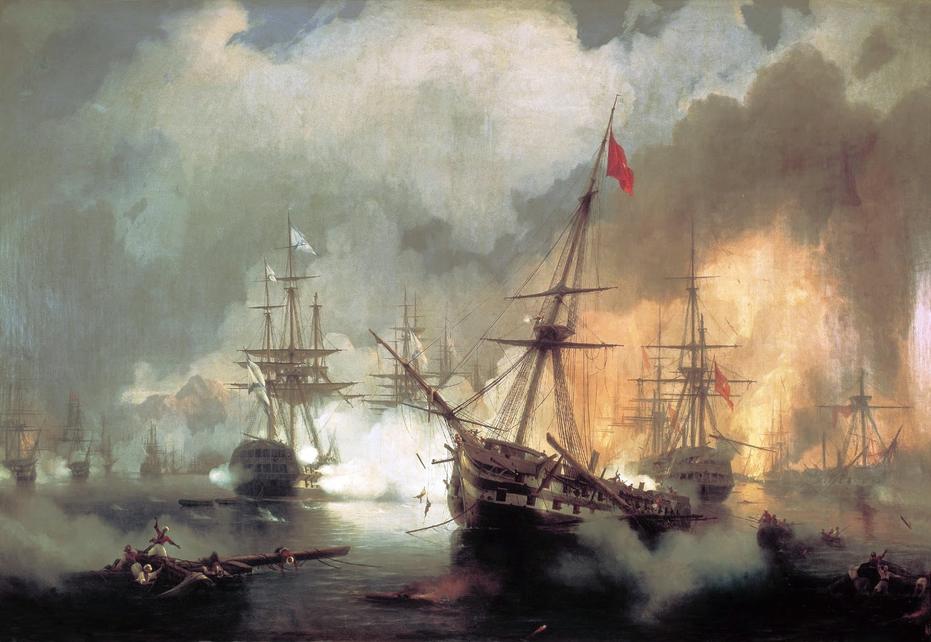
The filmmakers worked closely with material culture experts who studied artifacts from an actual shipwreck, the HMB DeBraak, a Dutch-built brig lost in 1795. This connection ensured precise representation of clothing, ship equipment, armaments, and even small details like woolen watchcaps, sleeping caps, and shoes. The authenticity extends to the richly depicted officers’ mess, where table settings and cabin furnishings mirror historical realities.
Naval life and practices in the movie closely reflect recorded historical conditions. Medical treatments shown are mostly accurate, except for an unusual scene where the doctor performs self-surgery, which remains dramatic but implausible. The depiction of command training, shipboard hierarchy, and sailing techniques aligns well with those used by the British Navy during this era. This distinguishes the film from many others that overlook such detail.
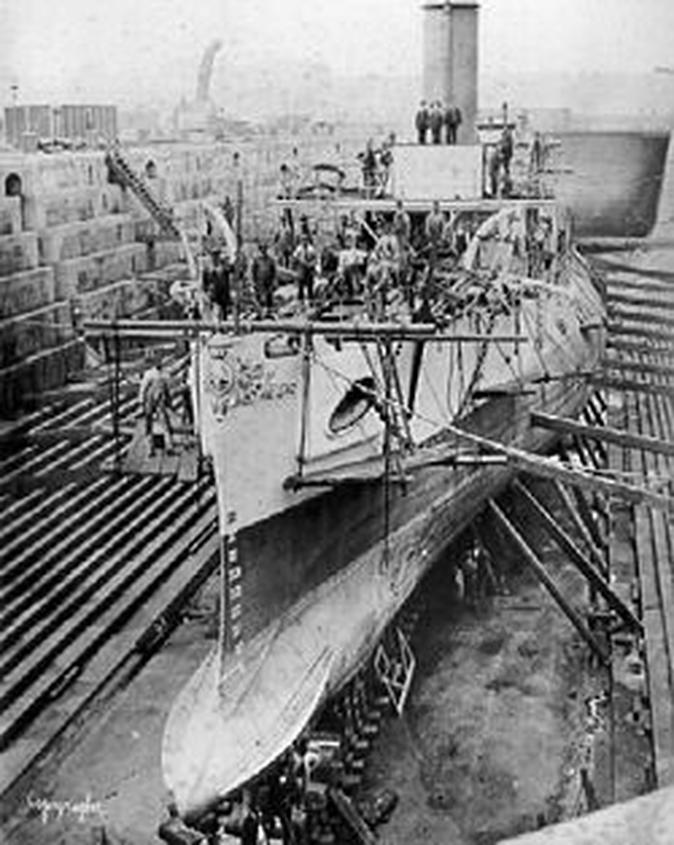
The film contains minor historical inaccuracies. For example, Captain Aubrey occasionally calls enlisted men “Mister,” a term reserved for officers. Also, it mistakenly shows a captain commanding the marines on a sixth-rate ship like the Surprise, when historically a 1st lieutenant would hold that role. While these errors are small, they do not undermine the overall authenticity.
It is worth noting that the movie blends elements from multiple Patrick O’Brian novels, primarily Master and Commander and The Far Side of the World. Some narrative changes were made, but the historical setting and atmosphere remain consistent.
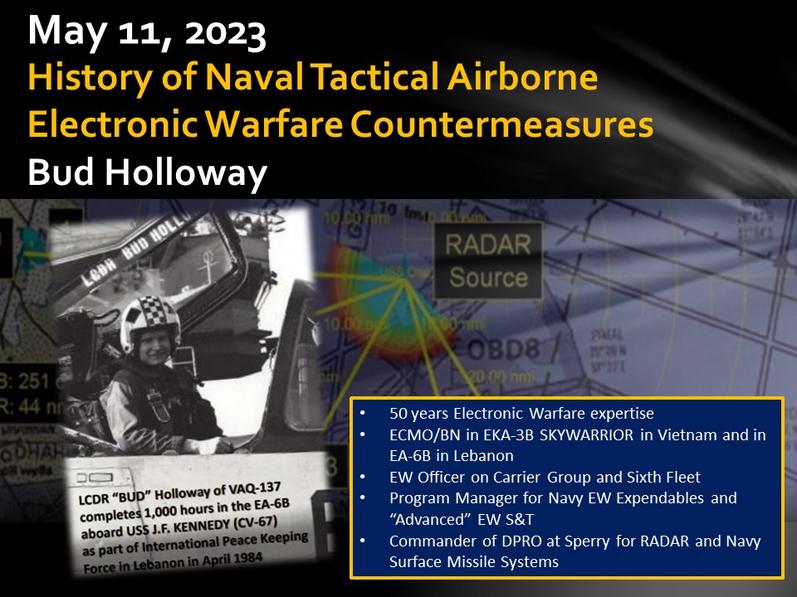
- Material culture in clothing, equipment, and furnishings is highly accurate, based on real archaeological artifacts.
- Daily naval life—including medical care and sailing methods—is depicted realistically.
- Minor errors occur in naval titles and command roles but do not affect authenticity materially.
- The movie adapts several novels but maintains a faithful historical environment.
How Accurate Is *Master and Commander’s* Portrayal of 19th Century Naval Warfare and Life at Sea?
If you wonder whether *Master and Commander* nails the real 19th century naval experience, the answer is—pretty darn well. This movie goes above and beyond what most historical films achieve. It captures the grit, the gear, and the grind of life aboard a British ship during the Napoleonic Wars with remarkable fidelity.
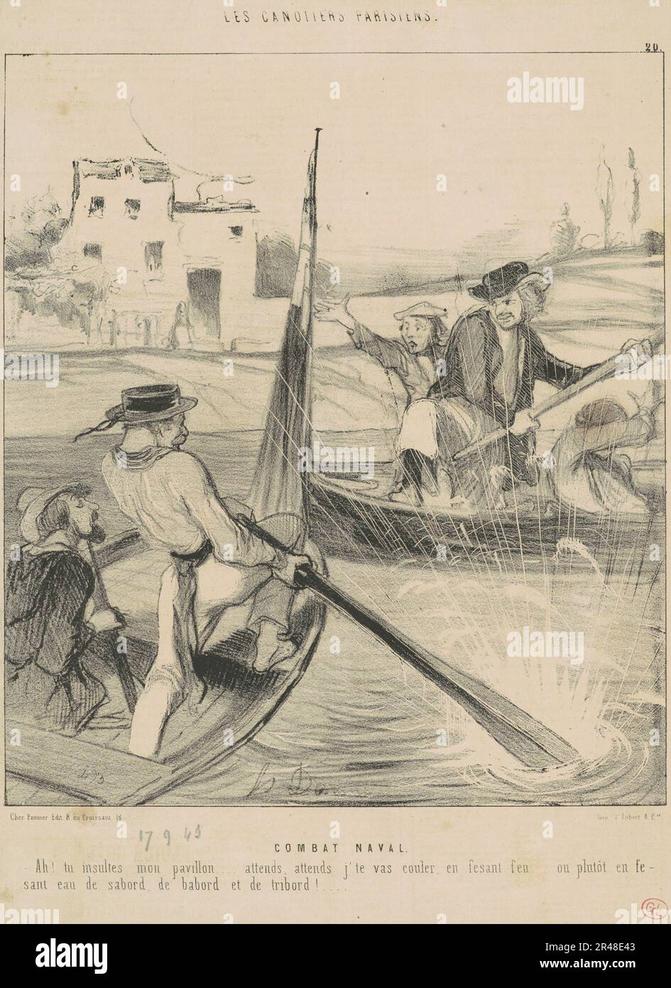
But how exactly does it pull this off? And where does it slip? Let’s dive into the details that make this cinematic journey stand out—and the minor hiccups it still carries.
The Tangible World: Mastering Material Culture
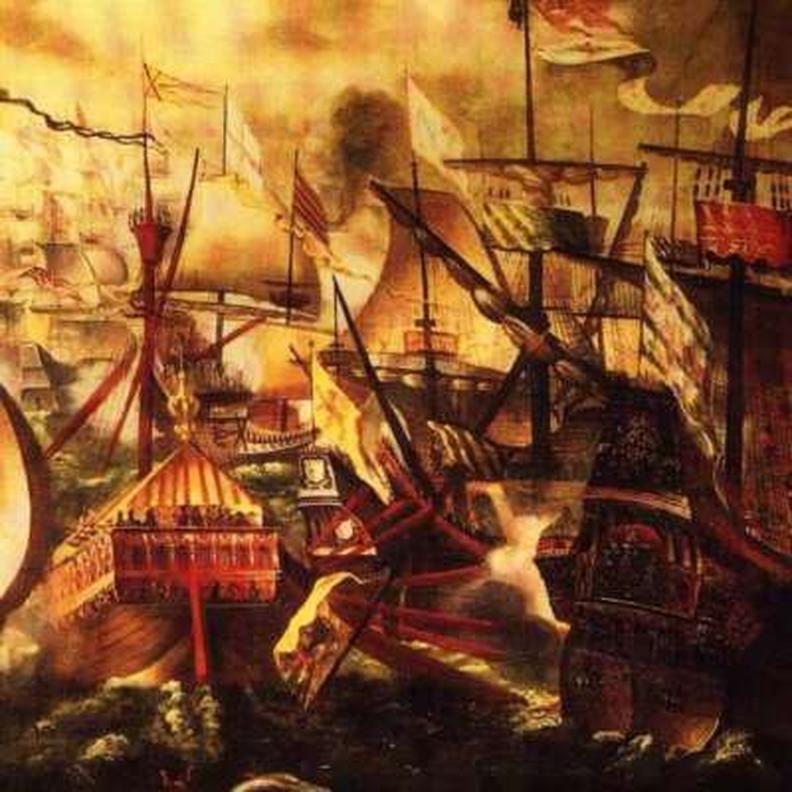
One jaw-dropping fact: the movie shines in its portrayal of material culture. That means the clothes, the ship’s tools, and even down to the table settings in the captain’s cabin mess—the fine china, the cutlery, the linens—all those details are dead-on accurate.
Picture this: the filmmakers teamed up with experts who worked on recovering artifacts from the HMB DeBraak, a Dutch-built brig lost in 1795. The items found included wool watchcaps, sleeping caps, shoes, and various other gear authentic to the period. These treasures aren’t just props—they’re historical artifacts locked away in a warehouse in Dover, Delaware, and the movie’s wardrobe and set design mirror them closely.
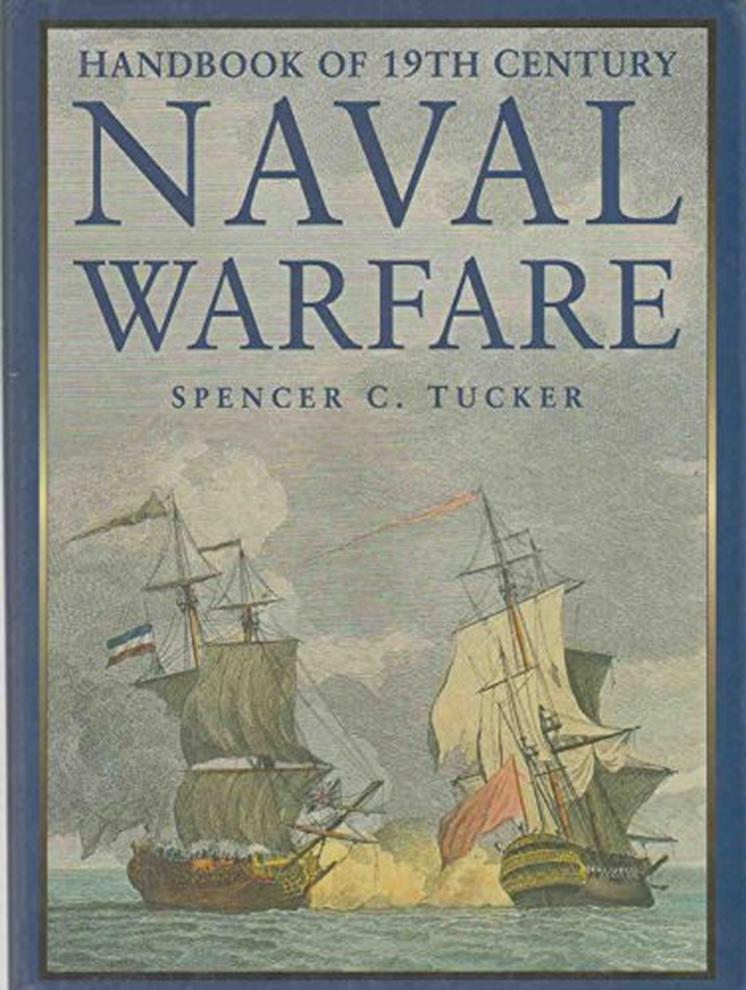
This level of detail means when you see the officers eating or the crew bundled against the cold, you are seeing something truly authentic, not just Hollywood guesswork.
Life at Sea: The Day-to-Day Reality
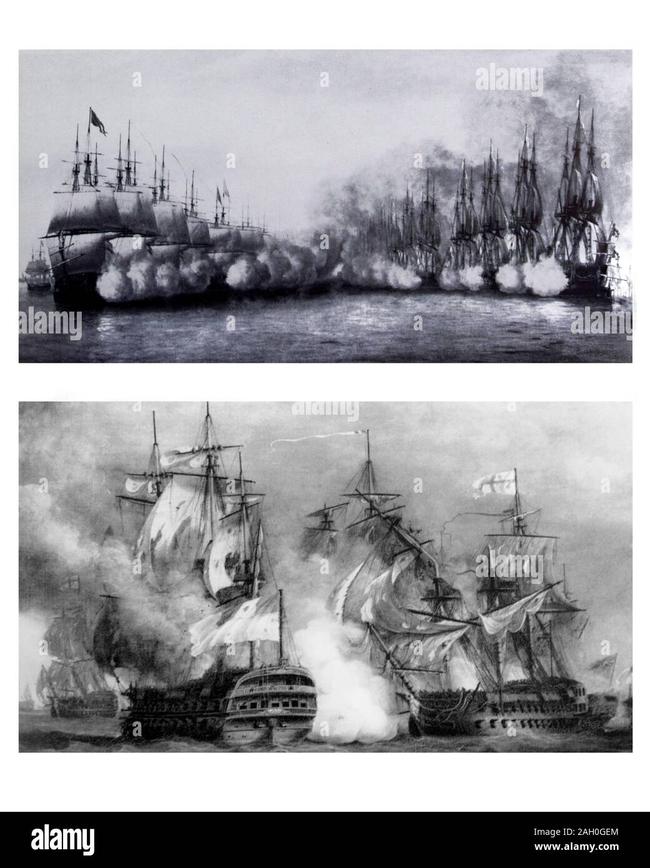
Naval life is tough, and the film doesn’t shy away from that truth. From the medicinal practices onboard to the sailors training for command, the movie offers a vivid glimpse into the workings of a British naval ship. The sailing techniques, the chain of command—everything reflects actual naval procedures during the Napoleonic Wars with impressive accuracy.
Sure, there’s a dramatic moment when the doctor operates on himself—a bit of creative stretching. But setting that aside, *Master and Commander* realistically shows how surgeons treated injuries or how the young officers learned their ropes in harsh conditions. These practices were standard fare on real naval vessels.
How many films put you right into a British sailing vessel of this era? Not many, which makes this portrayal a gem.
Small Stumbles: Historical Slip-Ups
Even the best attempts at accuracy have tiny errors. For instance, Captain Aubrey is heard calling non-officer crew members like the carpenter or coxswain “Mister,” a form reserved strictly for officers. That’s a minor breach of naval etiquette but a noticeable one for historians and enthusiasts.
Another quirk: on a 6th-rate ship like the Surprise, the marines would normally be commanded by a 1st lieutenant, not a captain as shown. These rank mix-ups don’t topple the film’s credibility but remind us it’s still a dramatized tale.
From Page to Screen: Novel vs. Movie
Another angle to consider is how the movie differs from the beloved novels by Patrick O’Brian. The film combines storylines from *Master and Commander* and *The Far Side of the World.* This hybrid approach means some liberties were taken in narrative and character arcs.
Still, despite these changes, the movie retains the novels’ core historical context, reflecting the naval life and conflicts faithfully, even if the plots don’t always align perfectly.
Why Does This Level of Accuracy Matter?
Movies often sacrifice truth for drama. They jazz up facts, simplify complex systems, or gloss over daily struggles. But *Master and Commander* breaks this mold by investing in archaeological evidence and expert advice. The payoff? A rare chance to experience history with brains and brawn—warts and all.
Think of it as a history lesson that doesn’t bore but thrills. Need proof? Just check that richly set dining table scene in the Captain’s cabin. It’s more than aesthetics; it’s a direct window into the lifestyle and hierarchy aboard a warship.
Lessons from the High Seas: Practical Tips for History Buffs
- Look for primary sources. Films like this, grounded in archaeological finds, offer a more accurate picture than speculative fiction.
- Be mindful of minor errors. Knowing the correct titles and command structure improves your understanding of naval governance. Calling a carpenter “Mister”? Probably not.
- Explore novel differences. If you’re a fan, also read O’Brian’s books to see how history and storytelling intersect and diverge.
A Final Word
Master and Commander sets a high standard for portraying naval warfare and sea life in the early 19th century. The film enriches its narrative with real artifacts and expert insights, balancing entertainment with authenticity. It doesn’t drift into idealized fantasy—except maybe the self-surgery scene—but anchors itself in the rugged truth of life at sea.
So next time you watch Captain Jack Aubrey navigate the perilous waters, remember you’re getting closer to the real thing than almost any other movie in this genre.
Isn’t it refreshing to see history done with respect and rigor? Might this inspire more filmmakers to dive beneath the surface, or do you think audiences prefer the dazzling gloss of fiction? Share your thoughts and set sail on this discussion!
How accurate is Master and Commander in depicting naval clothing and equipment?
The movie is very accurate in showing authentic clothing and ship equipment. Experts used real artifacts from an 18th-century shipwreck to recreate items like wool caps, shoes, and tableware seen onboard.
Does the film realistically portray daily life and medical practices on a British naval ship?
Yes, it reflects actual daily routines and medical treatments of the Napoleonic era British Navy. However, some scenes, like the doctor operating on himself, are exaggerated for drama.
Are there any notable mistakes in naval ranks or titles in the film?
A few minor errors appear, such as calling non-officers “Mister” and assigning marine command incorrectly. These do not greatly affect the overall historical feel.
How faithful is the movie to the original Aubrey-Maturin novels?
The film combines elements from multiple novels and changes some details. Despite this, it keeps a strong connection to the historical era and naval life portrayed in the books.
What aspects of naval warfare does the movie capture well?
It accurately shows sailing techniques, ship operations, and command training of the time. The depiction of combat and ship maneuvering is grounded in real naval practices during the Napoleonic Wars.
